What are Gladue Reports?
Indigenous people account for less than five percent of the Canadian population, yet represent 25 percent of the total inmate population. Canada is...
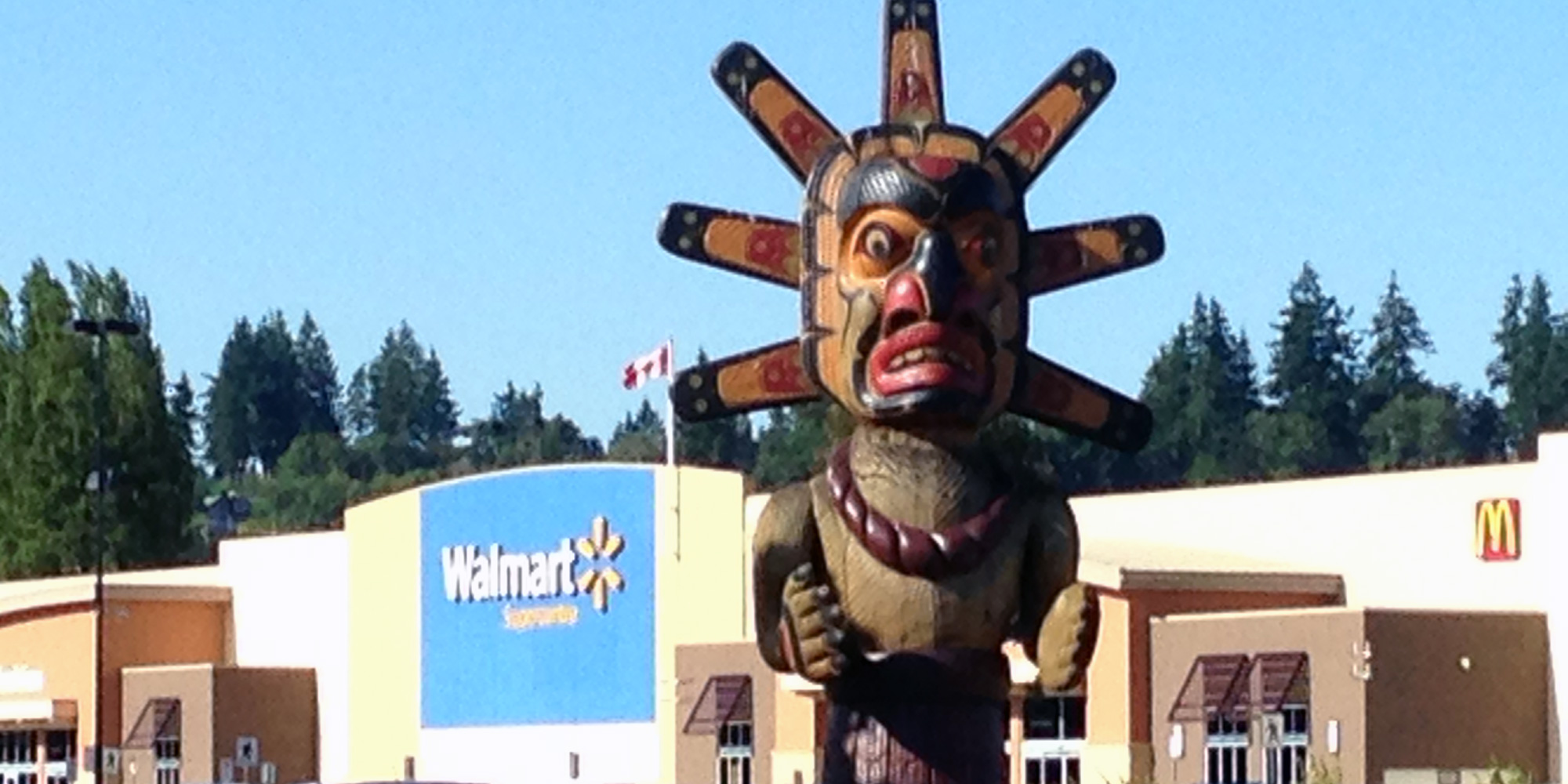
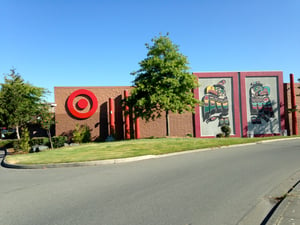 I was inspired to write this blog post while on a recent trip to Campbell River, BC when I noticed this Target Store logo with First Nations designs beside it. That’s when it dawned on me that the local First Nations were involved in a big way in the retail sector. Not only were they involved, but it was with an all-star cast of some of the biggest names in retail like The Home Depot.
I was inspired to write this blog post while on a recent trip to Campbell River, BC when I noticed this Target Store logo with First Nations designs beside it. That’s when it dawned on me that the local First Nations were involved in a big way in the retail sector. Not only were they involved, but it was with an all-star cast of some of the biggest names in retail like The Home Depot.
One of the things I found really interesting was the co-branding. I noticed it doesn't take away from the brand. This is important because brands, like the 10 profiled here, are very selective about their brands and what is seen near them.
Another important distinction here was that the images and artists are local. I have seen communities get more than a little upset when they see the art of someone else in their territory. It’s a faux pas to be avoided for sure.
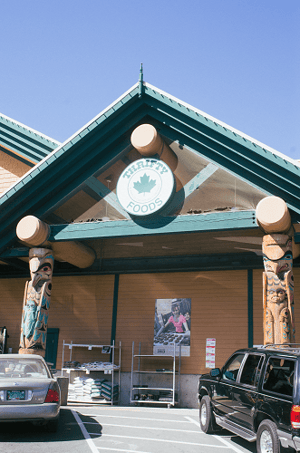
Here is another thought - retailers anywhere could and are doing this inside and on the outside of their stores. Think about prints, paintings, carvings or sculptures that could be placed as part of the retail display. Back to a previous point though, which was to be sure to use local images and art. Incorporating images and art is a small change that could yield good results when it comes to establishing yourself as the retailer of choice with neighbouring communities.
Some of the reasons First Nations communities do this include economic development purposes, employment development purposes, and to facilitate the nation-building process.
Some of the businesses I spotted around town showcasing local artwork included Subway, Money Mart, TD Canada Trust, Staples, Rogers Wireless, Shell, and last but not least, Walmart and McDonalds.
So what can a local retailer do to really brand themselves as the retailer of choice? Research local communities, look for opportunities to do business, advertise in local First Nations publications, hire locally, and consider sponsorship or donations to community events as part of the outreach process.
In closing, let me say "Kudos" to these 10 big brands who are leading the way to business with First Nations in the retail sector. There are obviously many more out there but these are the ones that caught my attention.
How about you? Have you noticed other other retailers not mentioned here in your area?
Photos: Bob Joseph, ICT
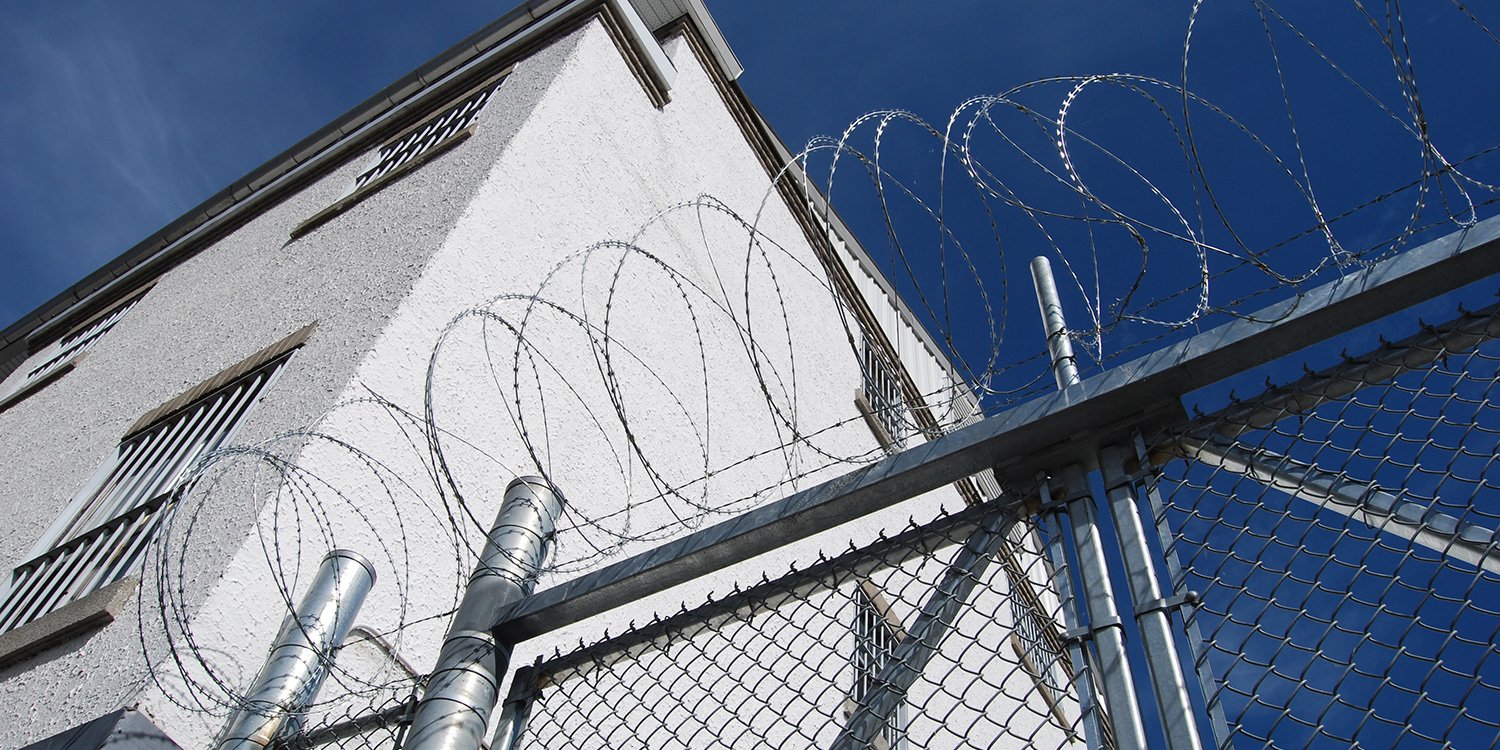
Indigenous people account for less than five percent of the Canadian population, yet represent 25 percent of the total inmate population. Canada is...
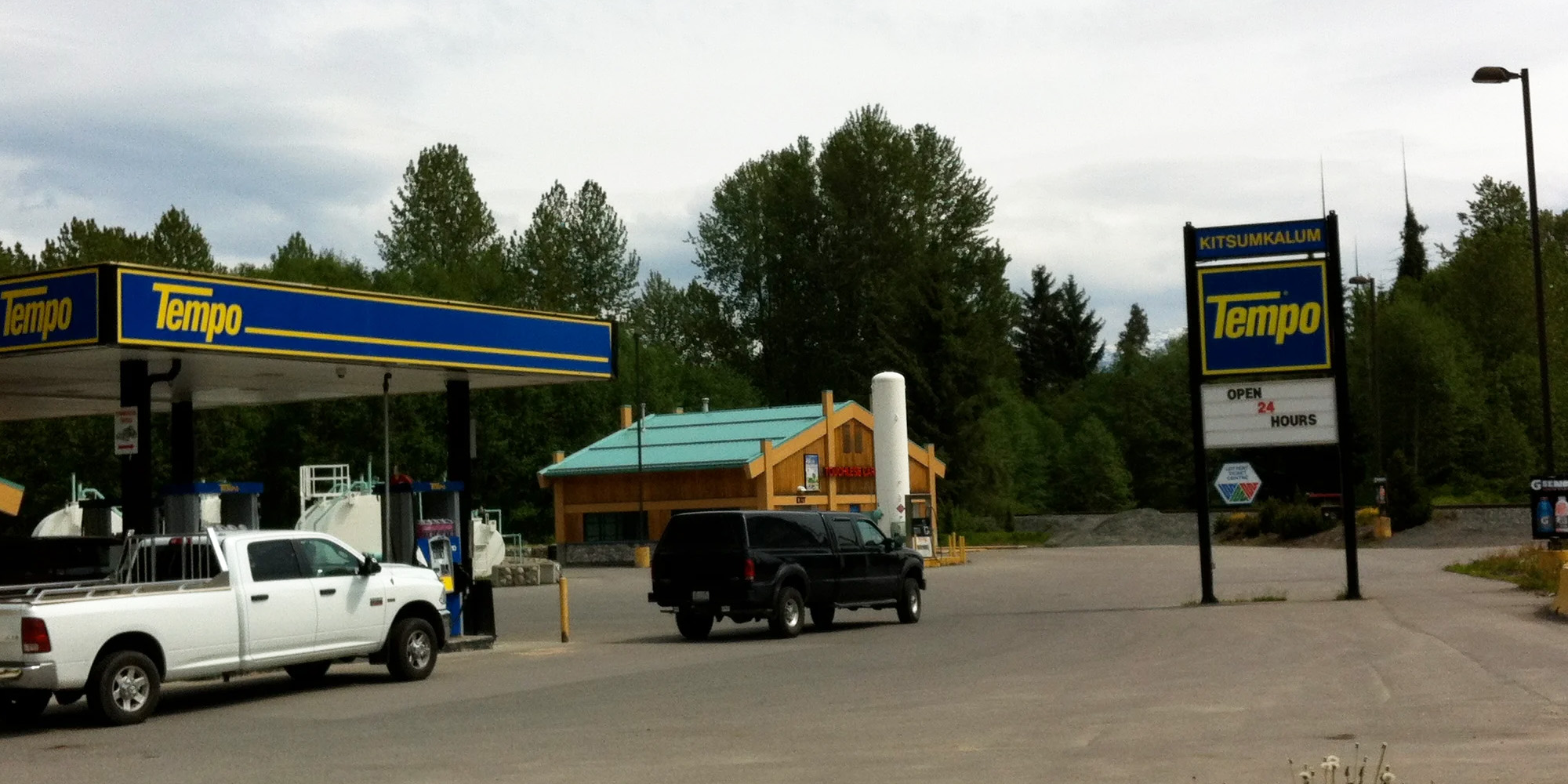
Myth #2: First Nations have no restrictions on reserve lands. Reality: This is another myth I frequently hear in my workshops. It supports the...

The Commission believes that in the coming years, media outlets and journalists will greatly influence whether or not reconciliation ultimately...